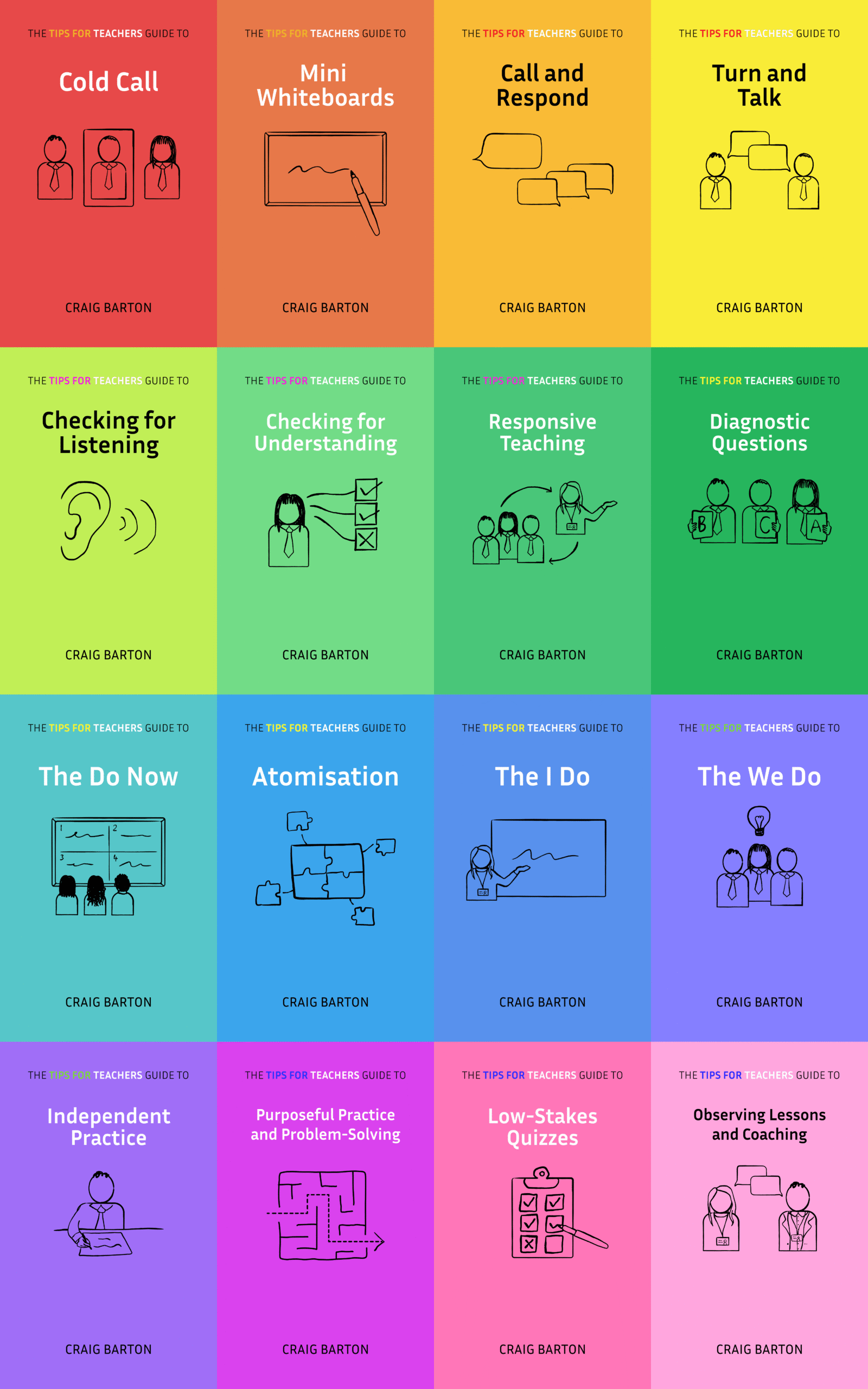Summary
Intentionally selecting students least likely to know the answer to assess class comprehension. The teacher advocates for this approach to ensure accountability and engagement, arguing that it incentivizes all students to participate. However, the speaker acknowledges the importance of using whole-class assessments when feasible and emphasizes adapting the strategy based on context, particularly when seeking detailed explanations. The teacher also shares how this method fosters a culture of honesty and accountability within group work.
Time-stamps
- 0:29-2:15: This section focuses on the benefits and strategies of cold-calling students who are less likely to know the answer.
- 2:16-3:46: The speakers discuss the potential pitfalls of cold-calling only one student, including the risk of making assumptions about the whole class’s understanding based on one student’s response. They also explore alternative assessment methods like whole-class responses using mini whiteboards or choral responses.
- 3:47-5:39: The speakers discuss situations where cold-calling might be more appropriate than whole-class assessments, particularly when seeking detailed explanations or exploring the “why” behind a concept.
- 5:40-7:06: This section provides a practical example of how a teacher might implement cold-calling by moving between students, even interrupting them mid-explanation, to encourage engagement and deeper thinking. They also touch upon the importance of challenging high-attaining students while ensuring all students are listening.
- 7:07-9:38: The speakers discuss the concept of “don’t lie to yourself” in teaching, emphasizing the importance of honest self-assessment and using cold-calling to gauge true understanding. They also touch upon the potential benefits of using cold-calling in group work to promote accountability and focus on fixing mistakes.
What are the key implications for teachers in the classroom?
- Teachers should regularly call on the students they believe are least likely to know the answer. This strategy, referred to as “picking the student least likely to know“, can be used in various scenarios, including:
- Cold calling: Instead of waiting for students to volunteer, teachers should select students to answer questions, particularly those who might not be actively participating.
- Group work: When assessing group work, teachers should specifically ask the student least likely to know the answer to gauge the group’s overall understanding.
- Checking instructions: After giving instructions, teachers should confirm comprehension by asking the student who seems least likely to have understood.
- “Picking the student least likely to know” serves multiple purposes:
- Accountability: It encourages all students to actively engage in the learning process because they know they could be called upon at any time.
- Assessment: It provides teachers with a quick gauge of overall class understanding, particularly when whole-class assessment methods aren’t feasible.
- Targeted support: It helps identify students who might need additional support or interventions.
- While focusing on lower-attaining students, it is crucial to maintain high expectations for all students, including high achievers:
- Teachers should still challenge high-achieving students with appropriate questions and tasks.
- Balancing the focus between lower and higher-attaining students is essential.
- “Picking the student least likely to know” is particularly useful when detailed explanations are required, beyond simple right or wrong answers:
- Teachers can ask a series of questions, moving from the student least likely to know to those more likely, building upon each other’s responses to create a comprehensive explanation.
- This approach promotes active listening and engagement as students know they could be called upon to contribute at any moment.
- When using “picking the student least likely to know” during group work, it can encourage a culture of collaboration and accountability within the group:
- Knowing that the teacher may call on anyone, even the student who appears least engaged, motivates students to support each other’s learning and ensure everyone understands the material.
- It encourages students to focus on identifying and correcting mistakes, fostering a growth mindset.
- The sources emphasize the importance of honesty in teaching:
- By consistently challenging all students, including those who might struggle, teachers gain a more accurate understanding of their students’ true comprehension levels.
- Avoiding the temptation to only call on students who are likely to get the answer right helps ensure that teachers address any learning gaps effectively.









